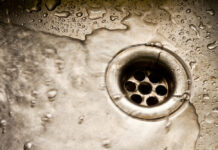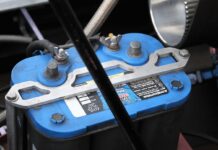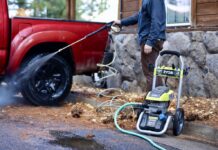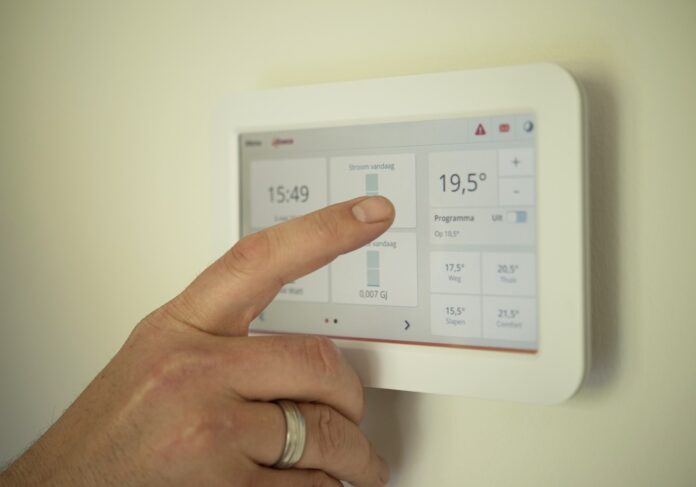
Getting your furnace ready to keep your home cozy in the winter starts in the springtime. As with any other machine, the furnace in your home needs regular maintenance to make sure it’s in tip-top condition when you need it to keep you and your family warm.
Use this checklist in the spring to ensure your furnace stays in great shape and is ready when it’s time for colder weather.
Change the Filters
Ideally, you should change the air filter in a furnace every three months to avoid clogging issues. If the filter is clogged, it can block warm air from flowing from the furnace when it’s cold outside.
The air filters may need changing more often during the winter months when your furnace is continuously working to keep your home warm. If your house is chilly, check the air filters first. However, if they are not the problem, contact a repairman and click here to learn more about furnace repairs and maintenance.
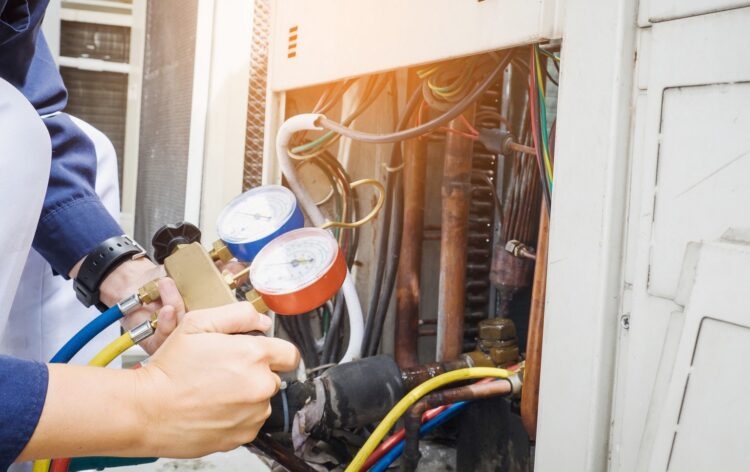
Clean the Furnace Area
It’s vital that you clean your furnace regularly to keep dirt and debris from clogging the air filter and its other components. Use a soft-bristled brush or vacuum cleaner to remove dust, dirt, spider webs, and other debris that furnaces accumulate throughout the year.
Clean the registers by removing the grill and using the attached hose to vacuum dirt and debris from the ducts. If you don’t remember the last time the ductwork was cleaned, consider calling a company to do it for you. It will improve airflow, and it may even lower your heating costs.
Check the Flame’s Color
When you’re using a gas furnace, you should check the color of the flame periodically. The flame’s color can alert you to problems with the unit that can need attention right away. A blue flame with a small amount of yellow in it means the furnace is in good working order.
A flame that’s yellow or orange means there is something wrong that needs addressing. Either the unit is getting too much gas or not enough oxygen. Contact a furnace or HVAC repair company and book an appointment to repair the furnace right away.
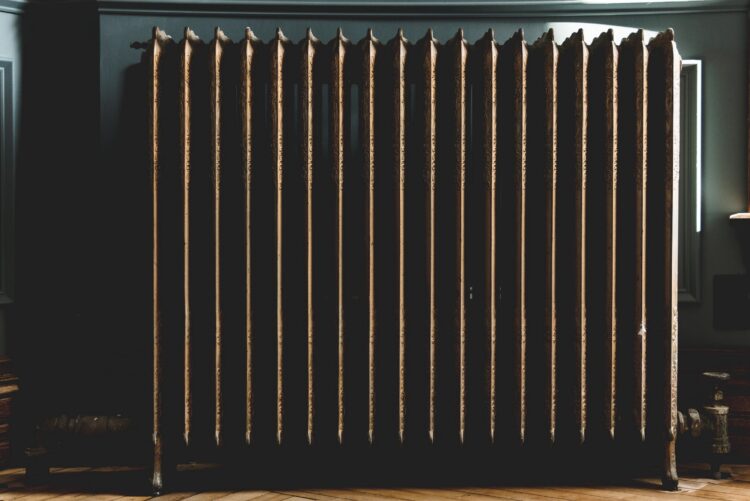
Check Intake and Exhaust Pipes
It’s essential to regularly inspect the intake and exhaust pipes to your furnace to ensure they are in their proper positions. They should also be clean and free from vines or other plants growing around them that could clog the pipes. If you’ve had high winds and heavy snowfalls during the winter, the pipes could sustain damage.
Most intake and exhaust pipes are outside near the foundation of the house, but they may be on the roof in older homes. If you don’t find them outside, check for PVC pipe near the furnace unit on the inside of your home. Follow the pipes outside to find their location.
Screen the Outside Exhaust Vents
When it is cold outside, you and your family are not the only ones trying to stay warm. Birds, rodents, and insects are as well, and a toasty warm exhaust pipe is appealing to them. However, if one of these creatures breathes in too much of the exhaust, they could get woozy and fall or fly into the pipe.
The best way to prevent the pipe from clogging or allowing insects and rodents into your home is to put screens onto the exhaust and intake pipes. A checkered grid screen made from stainless steel is one of the most efficient options for screening the pipes.
The airflow rate for a checkered screen is around 90% and the stainless steel will not corrode from the gases escaping the pipe. If insects are a problem during the spring and summer, use a smaller checkered screen in warm weather and switch back to a larger screen during the winter months.
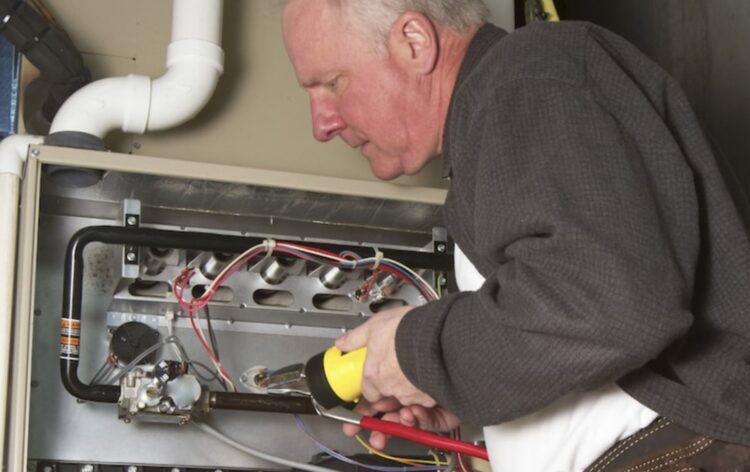
Make a Maintenance Appointment
To keep your furnace in excellent condition, you should have it inspected twice a year – once in the spring for non-emergency issues that you may only notice when it’s operating during the winter. If there are no problems with your furnace, have it inspected again before starting it up again in the fall.
A repairman can make sure the furnace is working correctly and that it’s safe for another year, especially if your furnace is an older model. A professional can also ensure that the furnace’s pilot light is working properly and stays lit, that the furnace is ready to heat the house, and that it vents out the carbon monoxide properly so as not to pose a danger to your family.
Turn Off Gas Supply
When the weather begins to get warmer, consider shutting off the gas supply line to prevent a waste of energy. Even though the pilot light is small, it can noticeably heat your home during the spring and summer when the furnace is off.
The furnace can pose a risk if the gas isn’t shut down because it can accumulate and any spark can create an explosion. If you happen to smell gas after shutting down the unit, don’t ignore it. Shut off the gas lines and open a window to vent the room, and call a professional to inspect the furnace.
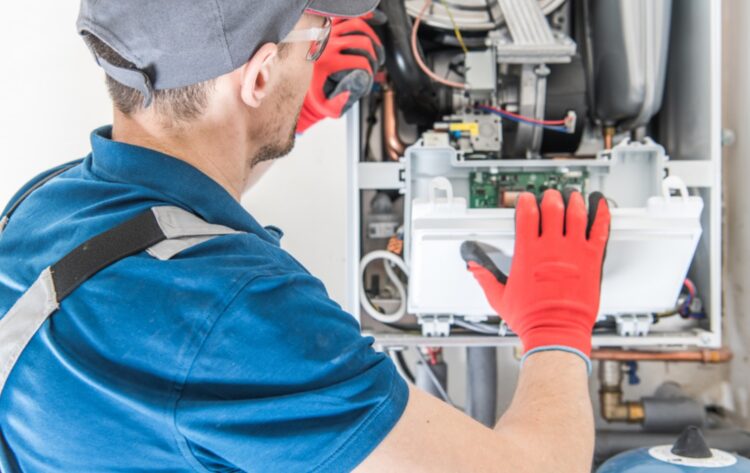
Check Carbon Monoxide Detector
If you have a carbon monoxide detector, you should test it monthly to ensure it works. Most detectors have a “test” button to press and hold down for two seconds. You should hear two beeps if it is working.
While most detectors are plugged into an electrical socket or wired into the electrical system, they have battery backups. Change the batteries once a year like you would with a smoke detector. If you don’t have a carbon monoxide detector in your home, install one to protect your family.
Regular maintenance on the furnace can save you both trouble and money. It can keep the appliance working correctly to prevent accidents as well as prolong its life so that you don’t need to replace an expensive furnace in the dead of winter.
If you have further questions about caring for your furnace, contact us seven days a week.

